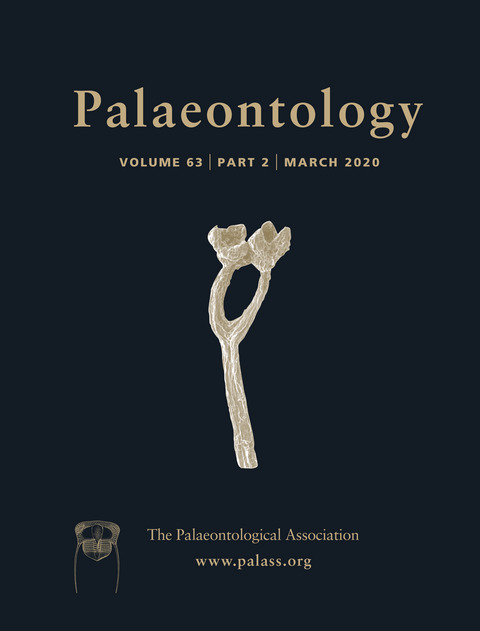Reg. Charity No. 1168330

Disparity, the diversity of form and function of organisms, can be assessed from cladistic or phenetic characters, and from discrete characters or continuous characters such as landmarks, outlines, or ratios. But do these different methods of assessing disparity provide comparable results? Here we provide evidence that all metrics correlate significantly with each other and capture similar patterns of morphological variation. We compare three methods of capturing morphological disparity (discrete characters, geometric morphometric outlines and geometric morphometric landmarks) in coelurosaurian dinosaurs. We standardize our study by focusing all our metrics on the mandible, so avoiding the risk of confounding disparity methods with anatomical coverage of the taxa. The correlation is strongest between the two geometric morphometric methods, and weaker between the morphometric methods and the discrete characters. By using phylogenetic simulations of discrete character and geometric morphometric data sets, we show that the strength of these correlations is significantly greater than expected from the evolution of random data under Brownian motion. All disparity metrics confirm that Maniraptoriformes had the highest disparity of all coelurosaurians, and omnivores and herbivores had higher disparity than carnivores.
AcknowledgementsWe thank members of the Bristol Palaeobiology group for feedback and Mark Puttick, Vincent Bonhomme, Marcello Ruta, and Suresh Singh for their methodological advice. We also thank two anonymous reviewers for their feedback which improved this manuscript. This MS comes from an MSc thesis submitted by JS as part of the requirements of the MSc in Palaeobiology at the University of Bristol. Funding to MJB and TJS from UK Natural Environment Research Council grant (NE/P013724/1) and ERC Advanced Grant (788203 INNOVATION).
TLS, EJR and MJB designed and supervised the study, TLS wrote code and developed the methods, JS and TLS carried out the analyses and wrote the first version of the MS, and all authors contributed to the final version.